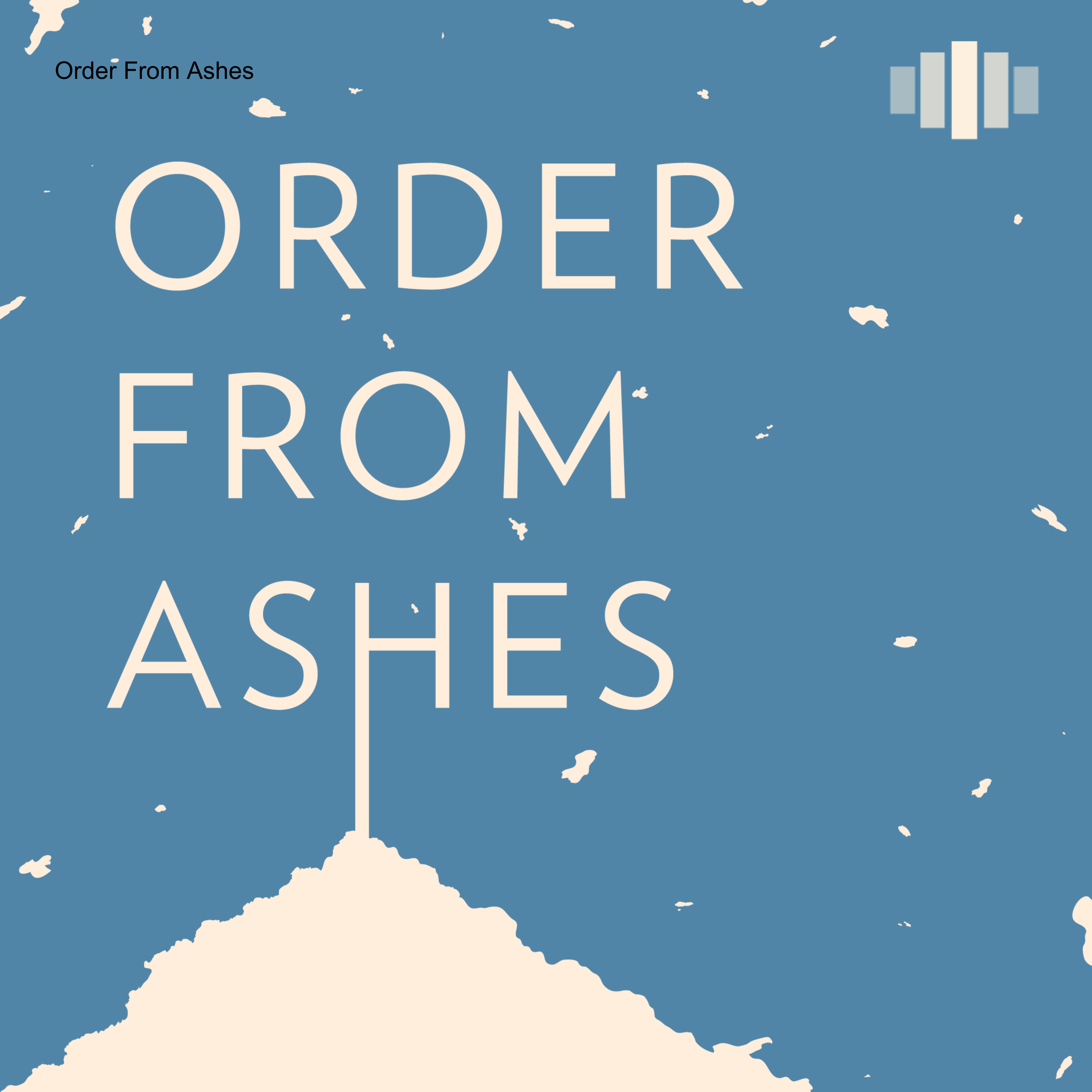- Other
- SEE MORE
- classical
- general
- talk
- News
- Family
- Bürgerfunk
- pop
- Islam
- soul
- jazz
- Comedy
- humor
- wissenschaft
- opera
- baroque
- gesellschaft
- theater
- Local
- alternative
- electro
- rock
- rap
- lifestyle
- Music
- como
- RNE
- ballads
- greek
- Buddhism
- deportes
- christian
- Technology
- piano
- djs
- Dance
- dutch
- flamenco
- social
- hope
- christian rock
- academia
- afrique
- Business
- musique
- ελληνική-μουσική
- religion
- World radio
- Zarzuela
- travel
- World
- NFL
- media
- Art
- public
- Sports
- Gospel
- st.
- baptist
- Leisure
- Kids & Family
- musical
- club
- Culture
- Health & Fitness
- True Crime
- Fiction
- children
- Society & Culture
- TV & Film
- gold
- kunst
- música
- gay
- Natural
- a
- francais
- bach
- economics
- kultur
- evangelical
- tech
- Opinion
- Government
- gaming
- College
- technik
- History
- Jesus
- Health
- movies
- radio
- services
- Church
- podcast
- Education
- international
- Transportation
- kids
- podcasts
- philadelphia
- Noticias
- love
- sport
- Salud
- film
- and
- 4chan
- Disco
- Stories
- fashion
- Arts
- interviews
- hardstyle
- entertainment
- humour
- medieval
- literature
- alma
- Cultura
- video
- TV
- Science
- en
How Is the Gaza War Affecting the Middle East?

The Middle East has faced growing instability, violence, and the risk of a wider war ever since October 7.\xa0\n\xa0\nMost attention is understandably focused on Israel, where 1,200 people were killed in a single day, and Gaza, where the death toll is steadily climbing past 11,000, the majority children and women.\xa0\n\xa0\nBut the wider region is experiencing a level of violence that is cause for alarm: near-daily clashes between Lebanon\u2019s Hezbollah and Israel; steady attacks on the U.S. military in Iraq and Syria; and increasingly bold military initiatives by Yemen\u2019s Houthi rebel forces.\n\xa0\nHow has the Gaza war changed the wider Middle East? What new dynamics are shaping conflicts and diplomacy among the regional powers and in the region\u2019s many simmering conflicts? How will America\u2019s bear hug of Israel affect other American interests in the Middle East?\n\xa0\nCentury International fellows Aron Lund, Sam Heller, and Thanassis Cambanis are joined by Michael Wahid Hanna from International Crisis Group to step back from the day-to-day developments of the Gaza war and assess the changing regional context.\n\xa0\nRead:\xa0\nCommentary: \u201cIt\u2019s Time for a Ceasefire in Gaza\u2014and Then a New Push for Peace,\u201d by Thanassis Cambanis, Dahlia Scheindlin, and Sam Heller\nCommentary: \u201cAmerica Needs to Prevent a Regional War in the Middle East,\u201d by Sam Heller and Thanassis Cambanis\nParticipants:\nSam Heller, fellow, Century International\nAron Lund, fellow, Century International\nMichael Wahid Hanna, director, U.S. program, International Crisis Group\nThanassis Cambanis, director, Century International